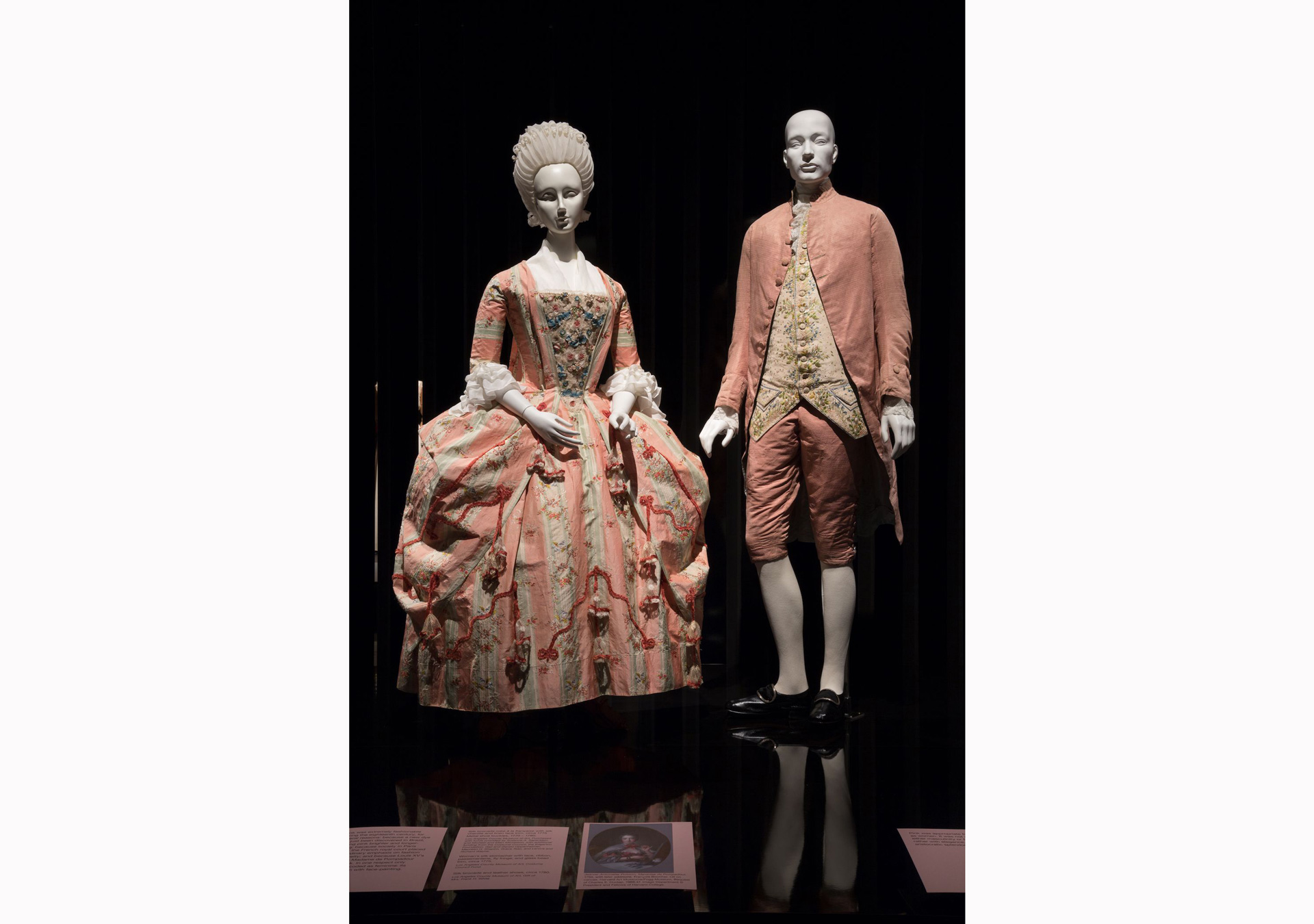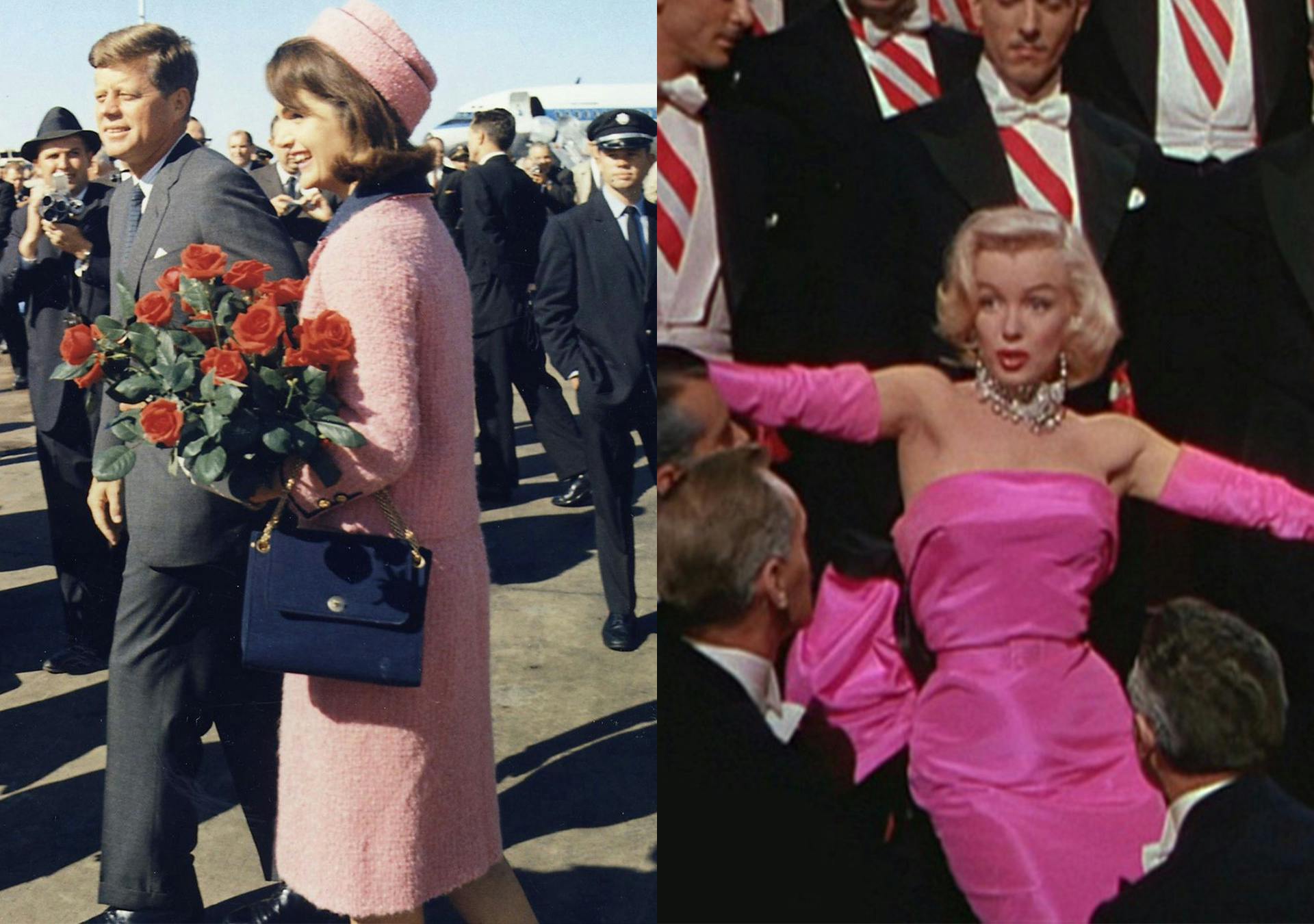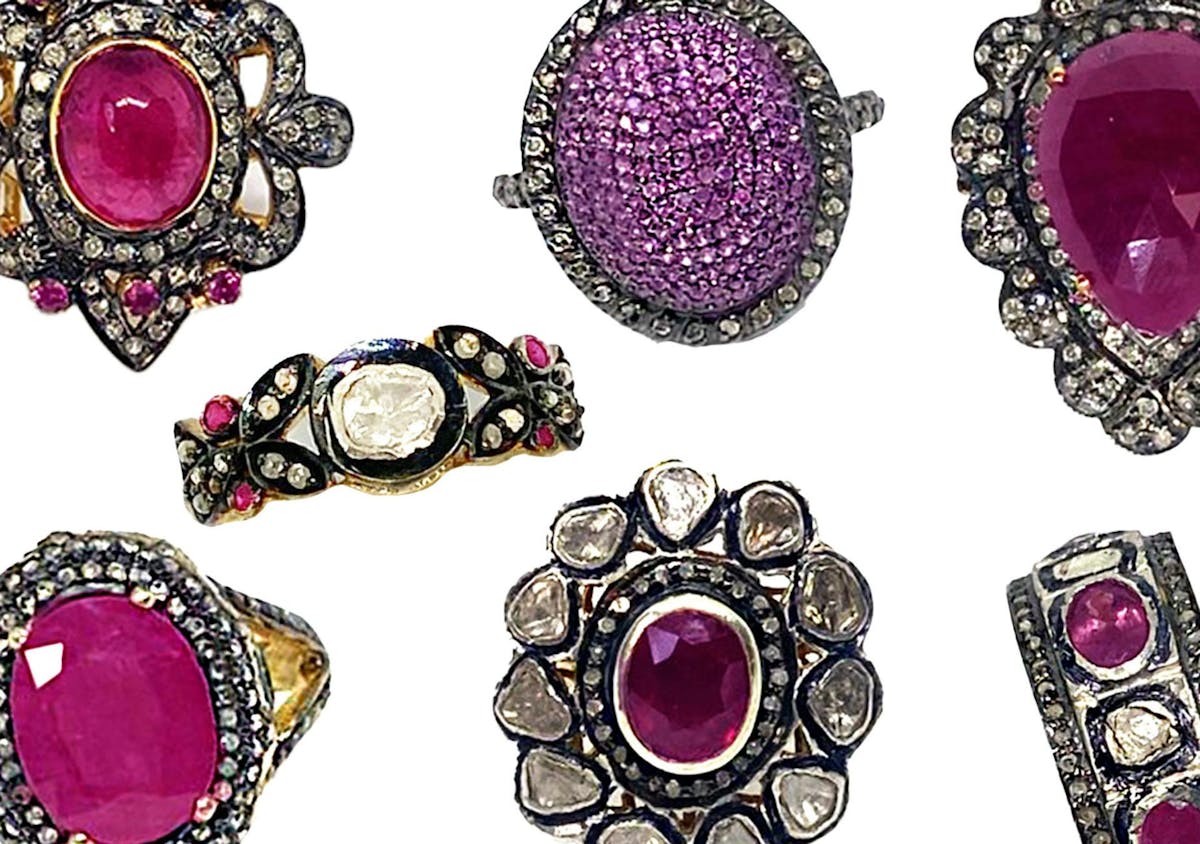With baby girls widely dressed in pink from the moment they are born - it has widely become known as a feminine color, but that was not always the case. We delve into the history of the color pink and the fascinating relationship society has with the color.
In Western culture, pink first became fashionable in the mid-1700s. Wealthy European aristocrats would wear powdery pink colors and it quickly became a symbol of class and luxury. Madame de Pompadour, the chief mistress of Louis XV, loved the color so much that, in 1757, French porcelain manufacturer Sevres named its exquisite new shade of pink, Rose Pompadour, after her.

Interestingly in the mid 1700s 'pink' was a color more worn by boys as it was considered a paler shade of red - widely considered to be a more masculine color. It wasn't until the mid 1900s that pink became to be known as a more feminine shade - with men tending to lean towards darker colors leaving the vibrant bright shades to women.
By the turn of century, 1900, pink had entered the mainstream - and its status shifted again in the process. Mass-production led to the growing cheap dyes like magenta, which resulted in bright, garish versions of the color. Pink quickly went from a color associated with luxury to a color worn by the working-class and women of the night.
By the 1950s, pink had become more gender-coded than ever, thanks to branding and marketing. The slogan in postwar American was that "pink was for girls, blue for boys".
The color nearly made a comeback in the 60s after being a firm favorite worn by the likes of Jackie Kennedy and Marilyn Monroe but polls of the time still showed it was very much one of the countries least favorite colors.

Since then the color has taken on other important symbolic meaning. It has become the internationally recognized color in the fight against breast cancer for example and has been increasingly used by the LGBTQ community.
Valerie Steele, editor of the recently published book "Pink: The History of a Punk, Pretty, Powerful Color," states: "Pink is going through a generational shift. Society is increasingly moving away from the idea of it as a childish, over-sexualized hue. There's a shared recognition that pink can be pretty and powerful, feminine and feminist. Men are turning to it, too -- as (they did) in the 18th century. We're re-framing pink."
Well we certainly love the color pink and if you do too - you've come to the right place!

